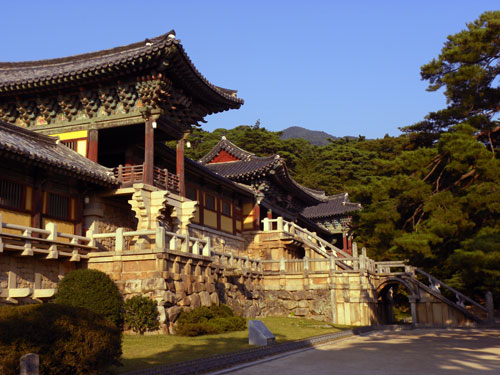
Bulguk-sa temple, Gyeongju City
Gyeongju City in eastern North Gyeongsang Province was the capital of the Shilla Kingdom that unified the early Korean kingdoms until 935, and is today filled with stone Buddhist artworks and other relics like an open-air museum. Most of its best sacred sites are designated by UNESCO as World Cultural Heritage sites, and are parts of the Gyeongju National Park.
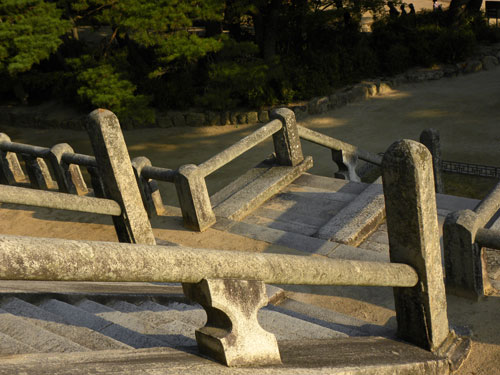
Bulguk-sa temple, Gyeongju City
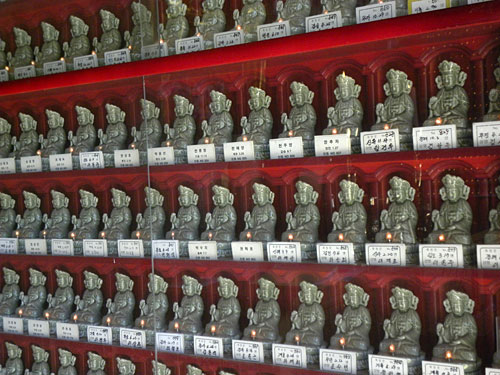
Bunhwang-sa temple, Gyeongju City
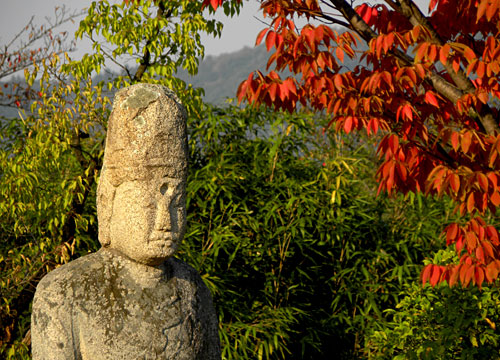
Bodhisattva statue, National Museum, Gyeongju City
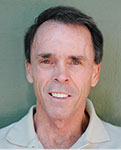 Martin Gray is a cultural anthropologist, writer and photographer specializing in the study of pilgrimage traditions and sacred sites around the world. During a 40 year period he has visited more than 2000 pilgrimage places in 165 countries. The World Pilgrimage Guide at sacredsites.com is the most comprehensive source of information on this subject.
Martin Gray is a cultural anthropologist, writer and photographer specializing in the study of pilgrimage traditions and sacred sites around the world. During a 40 year period he has visited more than 2000 pilgrimage places in 165 countries. The World Pilgrimage Guide at sacredsites.com is the most comprehensive source of information on this subject.For additional information by Professor David Mason, visit san-shin.net.
For information about traveling to Korean sacred sites, contact Roger Shepherd.
For information about traveling to Korean sacred sites, contact Roger Shepherd.
